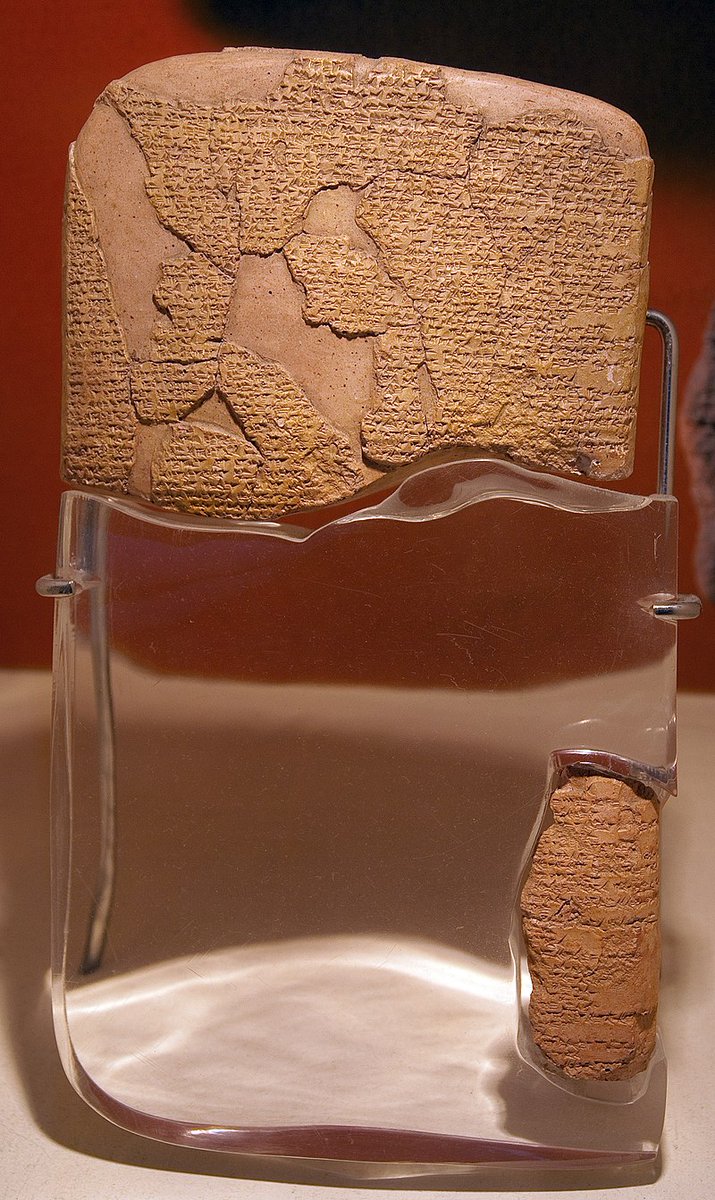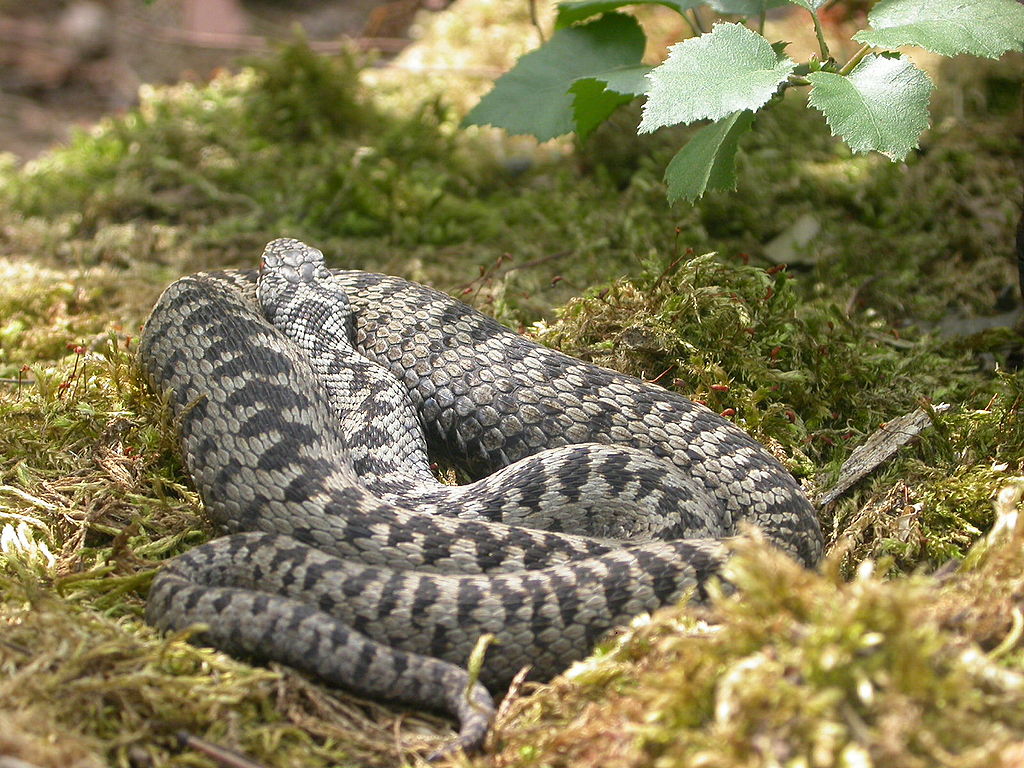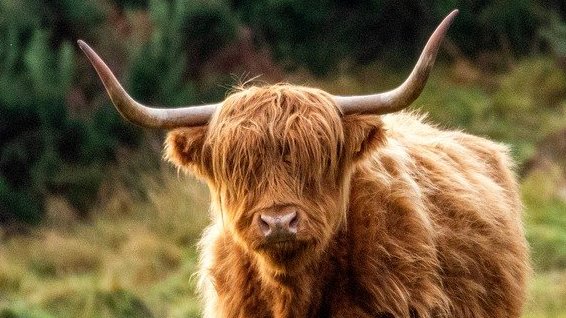
“Of beasts and men. The animals of the Proto-Indo-Europeans” was a research project in Indo-European linguistics. 🇪🇺
How to get URL link on X (Twitter) App


 *di̯éu̯- 'bright sky' has become the standard word for 'sky' in Vedic (dyā́uṣ), and is preserved in this meaning in phrases in Avestan (diiaoš 'from the sky') and Latin (sub iove 'in the open air').
*di̯éu̯- 'bright sky' has become the standard word for 'sky' in Vedic (dyā́uṣ), and is preserved in this meaning in phrases in Avestan (diiaoš 'from the sky') and Latin (sub iove 'in the open air'). 

https://twitter.com/PIE_Animals/status/1706353379100774867
 In the late 19th century, Indo-Europeanists believed in two types of roots: roots with a normal ablaut behavior (e.g., *bʰer- ‘bring, carry’) and long-vowel roots (e.g., *stā-‘(make) stand’).
In the late 19th century, Indo-Europeanists believed in two types of roots: roots with a normal ablaut behavior (e.g., *bʰer- ‘bring, carry’) and long-vowel roots (e.g., *stā-‘(make) stand’).
 You're right – they are all derived from the same PIE root, *bʰer-, which is one of the best and most widely attested roots in the IE languages. Its meaning is usually cited as 'to carry, bring'.
You're right – they are all derived from the same PIE root, *bʰer-, which is one of the best and most widely attested roots in the IE languages. Its meaning is usually cited as 'to carry, bring'. 
 …#ProtoGermanic *nadraz m. (#Gothic nadrs, #OldNorse naðr, #Icelandic naður), *nēdrōn- f. (#OldEnglish nǣdre, #OldHighGerman nātara, #WestFrisian njirre), *nadrōn- f. (#MiddleEnglish nadder, adder, #OldNorse naðra, #MiddleDutch nadre, adre, #Dutch adder, #German Natter, Otter)
…#ProtoGermanic *nadraz m. (#Gothic nadrs, #OldNorse naðr, #Icelandic naður), *nēdrōn- f. (#OldEnglish nǣdre, #OldHighGerman nātara, #WestFrisian njirre), *nadrōn- f. (#MiddleEnglish nadder, adder, #OldNorse naðra, #MiddleDutch nadre, adre, #Dutch adder, #German Natter, Otter)

 All the words mentioned in 1/ are either continuants or derivatives of the general #ProtoIndoEuropean term for ‘bird’, the precise reconstruction of which is highly controversial and hotly debated among scholars of Indo-European linguistics.
All the words mentioned in 1/ are either continuants or derivatives of the general #ProtoIndoEuropean term for ‘bird’, the precise reconstruction of which is highly controversial and hotly debated among scholars of Indo-European linguistics.
 This word, my friends, is so fascinating that one could write a whole PhD thesis about it (trust me, I know). The immediate reconstruction for all items in 1/ is a masculine n-stem with a nom. sg. *hₓuksō(n). For such a stem we would expect a nom. pl. *hₓuksō̆nes.
This word, my friends, is so fascinating that one could write a whole PhD thesis about it (trust me, I know). The immediate reconstruction for all items in 1/ is a masculine n-stem with a nom. sg. *hₓuksō(n). For such a stem we would expect a nom. pl. *hₓuksō̆nes.
 First, the obvious one: the spines. As arguably the prickliest #mammal of northern #Eurasia, the name 'the bristling one' *ǵʰḗr (a root noun from the root *ǵʰers 'bristle' of Sanskrit hṛṣyati 'shudders, becomes stiff', Latin horrēre 'stand erect, tremble') makes sense.
First, the obvious one: the spines. As arguably the prickliest #mammal of northern #Eurasia, the name 'the bristling one' *ǵʰḗr (a root noun from the root *ǵʰers 'bristle' of Sanskrit hṛṣyati 'shudders, becomes stiff', Latin horrēre 'stand erect, tremble') makes sense.